
Join us for an insightful journey through the final days of summer, where every corner of nature is teeming with life and the first signs of autumn begin to appear. Whether you're a nature enthusiast or simply curious about the seasonal changes, this article will captivate and inspire you.
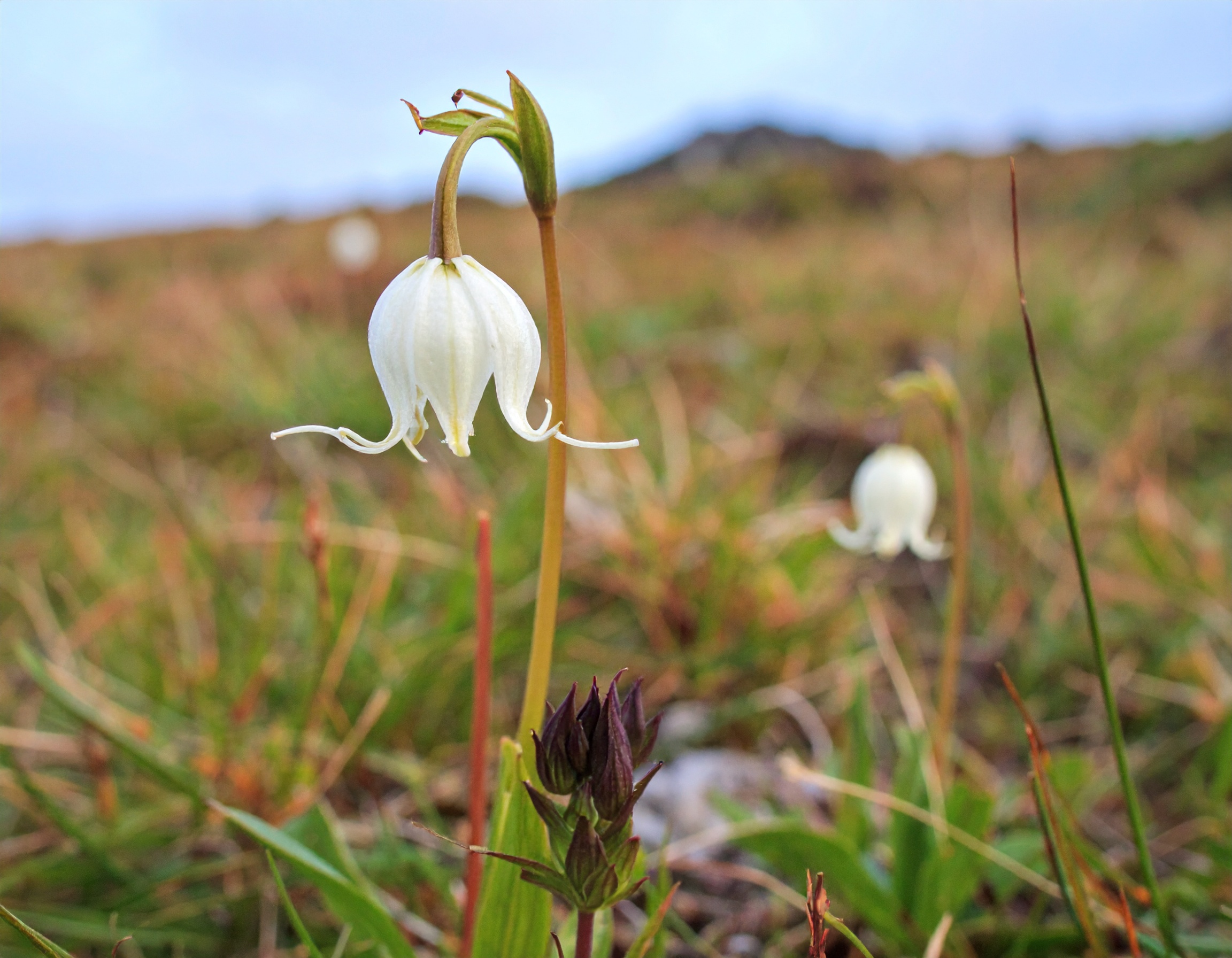
As summer wanes, two botanical treasures defy the season—the spiral-towered Autumn Lady’s Tresses, unfurling like braided hair, and shuttered gentians that burst into amethyst stars under the sun. On August 2nd, uncover where these elusive survivors cling on (from Riddlesdown’s chalk slopes to Box Hill’s café edges) and why their blooms demand perfect timing—some vanishing if soil is touched, others opening in mere seconds.
Return on August 2nd—before these fleeting wonders twist shut.
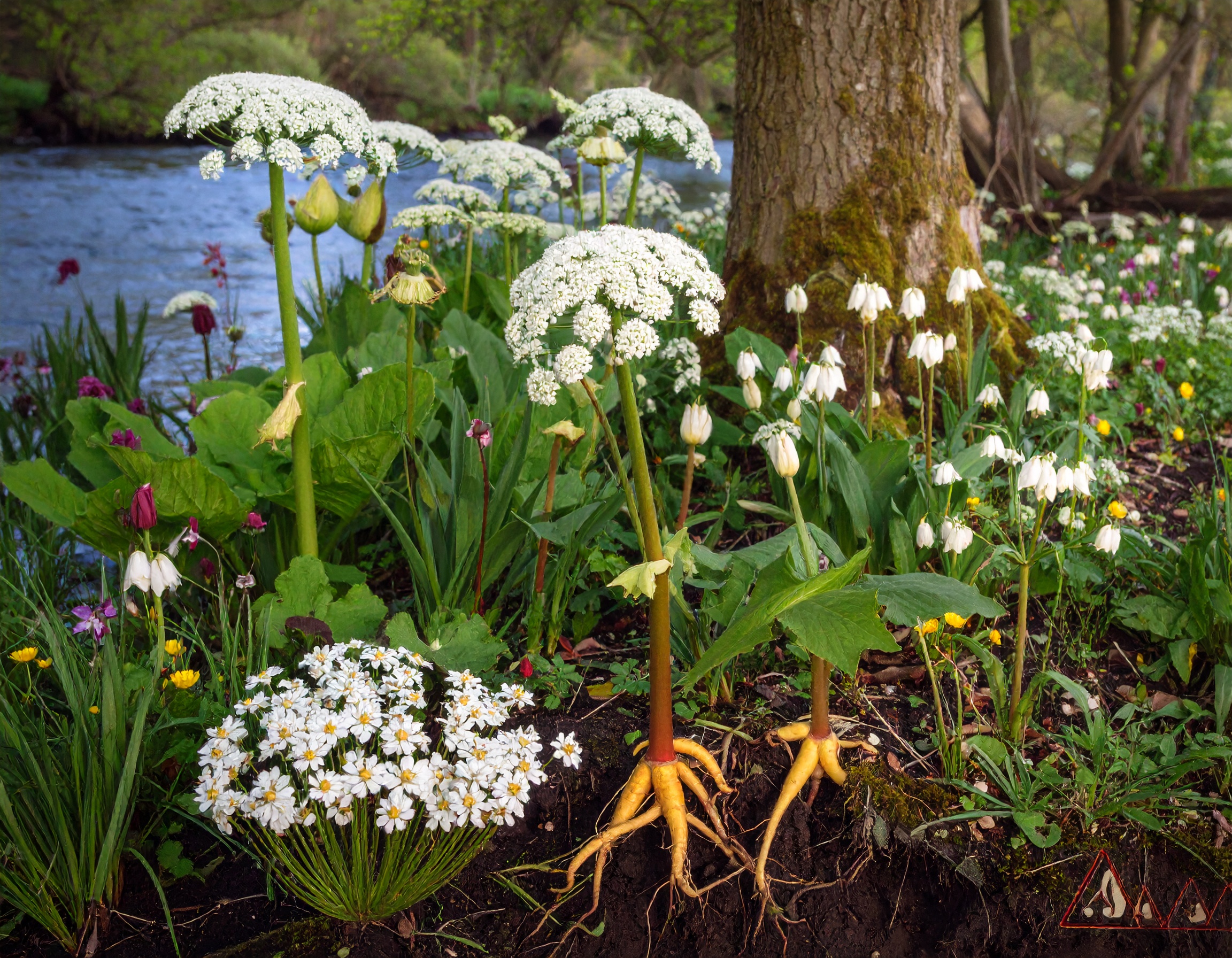
Beneath August’s golden light, London’s wild parsley family reveals its dual nature - some offering edible seeds, others hiding lethal poisons. On August 3rd, discover why Hemlock Water Dropwort is Britain’s deadliest plant, where to find Hogweed’s towering blooms (without the blistering burns), and how to spot rare Hare’s Ears clinging to Thames sea walls. Learn which innocent-looking umbellifers can trigger violent reactions in sunlight, and why candied angelica once caused botanical excitement across Europe.
Return on August 3rd—but don’t forage without reading this first!
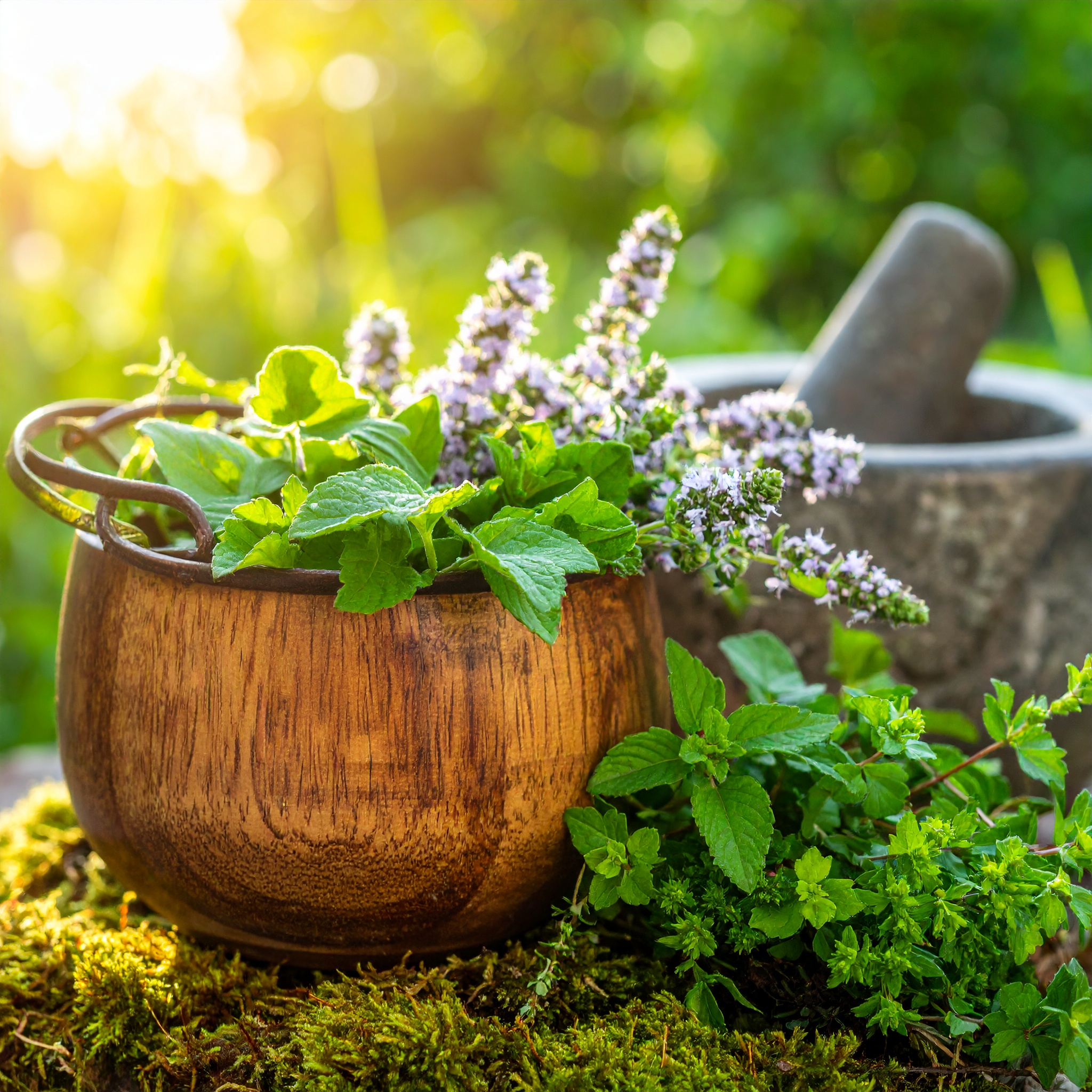
Before supermarkets, Londoners dined on wild greens growing in the unlikeliest places - manure heaps, salt marshes, and abandoned lots. On August 4th, meet Fat Hen (the Neolithic superfood), Good King Henry (the German elf’s spinach), and Stinking Goosefoot (whose fishy ammonia scent was once thought to cure infertility). Discover why these humble plants sustained civilizations for millennia, and where to spot their descendants clinging to London’s urban edges today.
Return on August 4th—your salad bowl will never look the same.
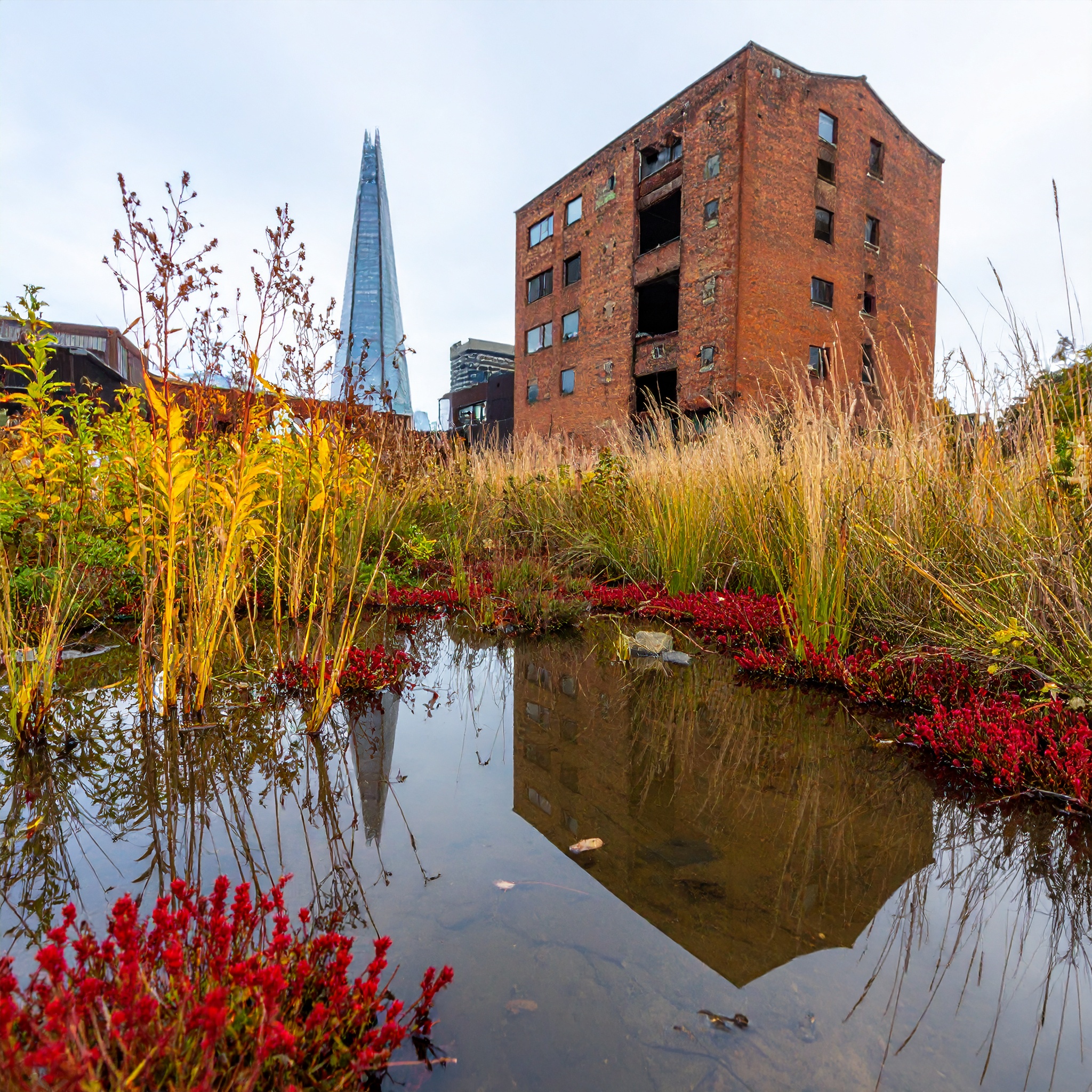
August reveals nature’s contradictions - docks that soothe nettle stings yet harbor violent crimson juices, knotgrasses that fed Neolithic families but now choke our railways. On August 5th, meet the blood-veined dock once used to staunch wounds, the peppery aquatic herb that burns your tongue, and the terrifying Japanese knotweed that can crack concrete. Discover why these tough plants thrive where others fail, and where to find their rare golden and fiddle-shaped cousins hiding in churchyards.
Return on August 5th—before these botanical rebels take over your neighborhood.
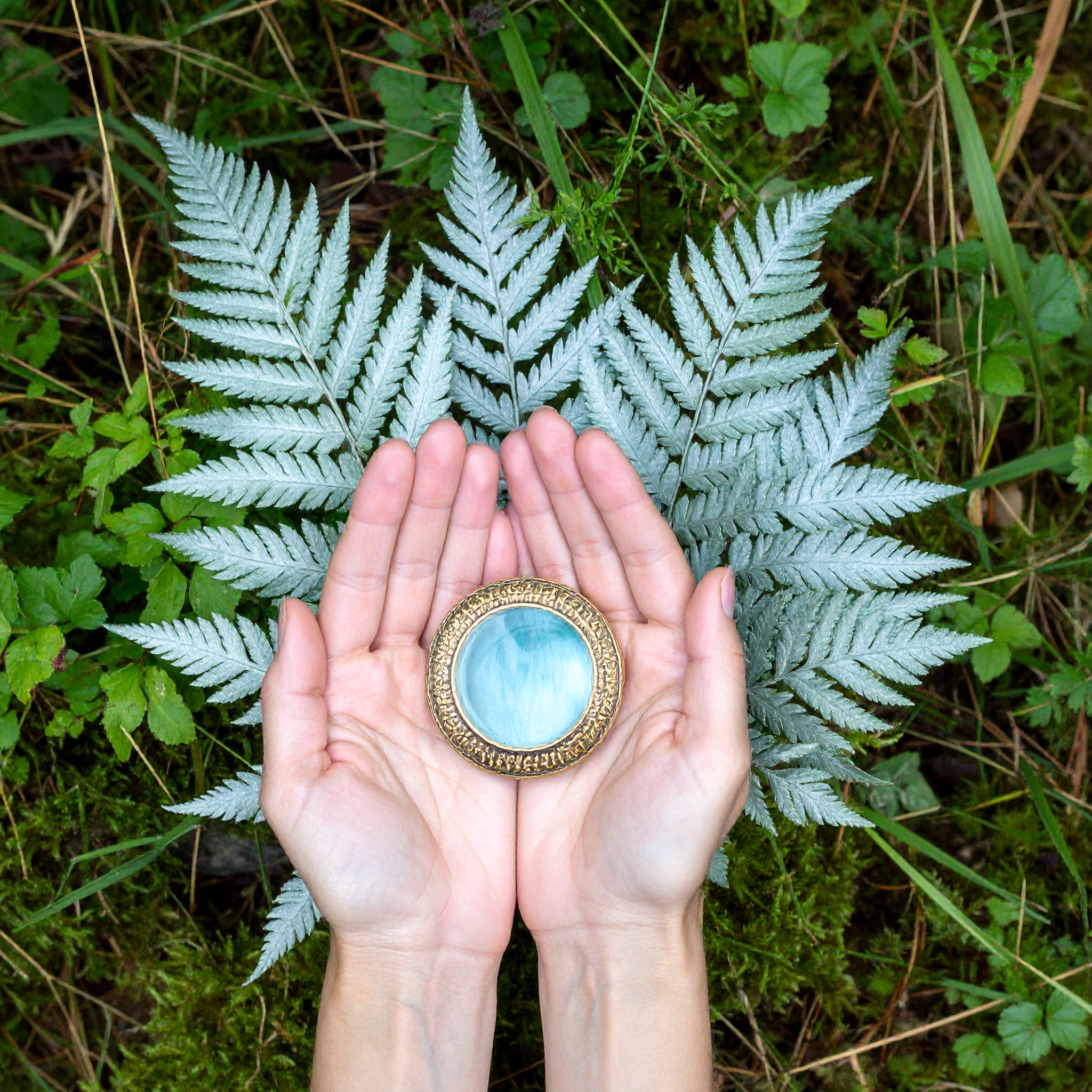
As summer wanes, mugwort’s silver leaves whisper of medieval magic—used to repel moths, cure carbuncles, and ward off airborne poisons. On August 6th, uncover why Artemisia’s hallucinogenic cousin flavors absinthe, where to find golden-scaled ferns on Hampstead Heath, and how to distinguish shield ferns by touch alone. Discover the "coal" hidden beneath mugwort roots and the alien ferns creeping into London’s cracks.
Return on August 6th—when the veil between botany and sorcery thins.

As August’s golden light gilds the city’s forgotten meadows, discover grasses that once poisoned harvests, sedges sharp enough to draw blood, and a medieval rush whose roots were candied into violet-scented delicacies. On August 7th, learn why Darnel grass was feared as the Bible’s "evil tare", where towering tussock sedges create alien pillars in bogs, and how to distinguish 200+ grass species by their whisper-thin differences.
Return on August 7th—when London’s most overlooked plants demand attention.

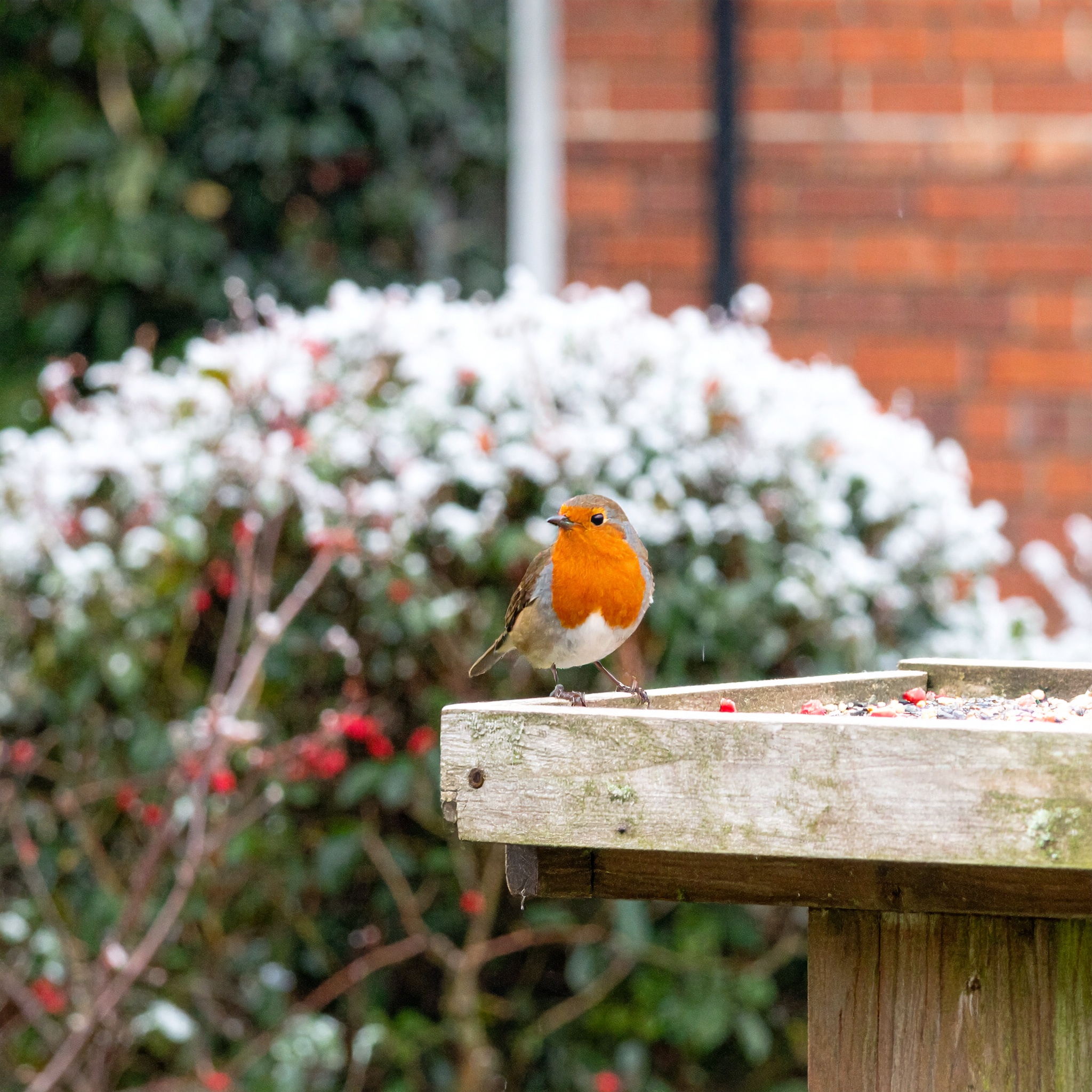
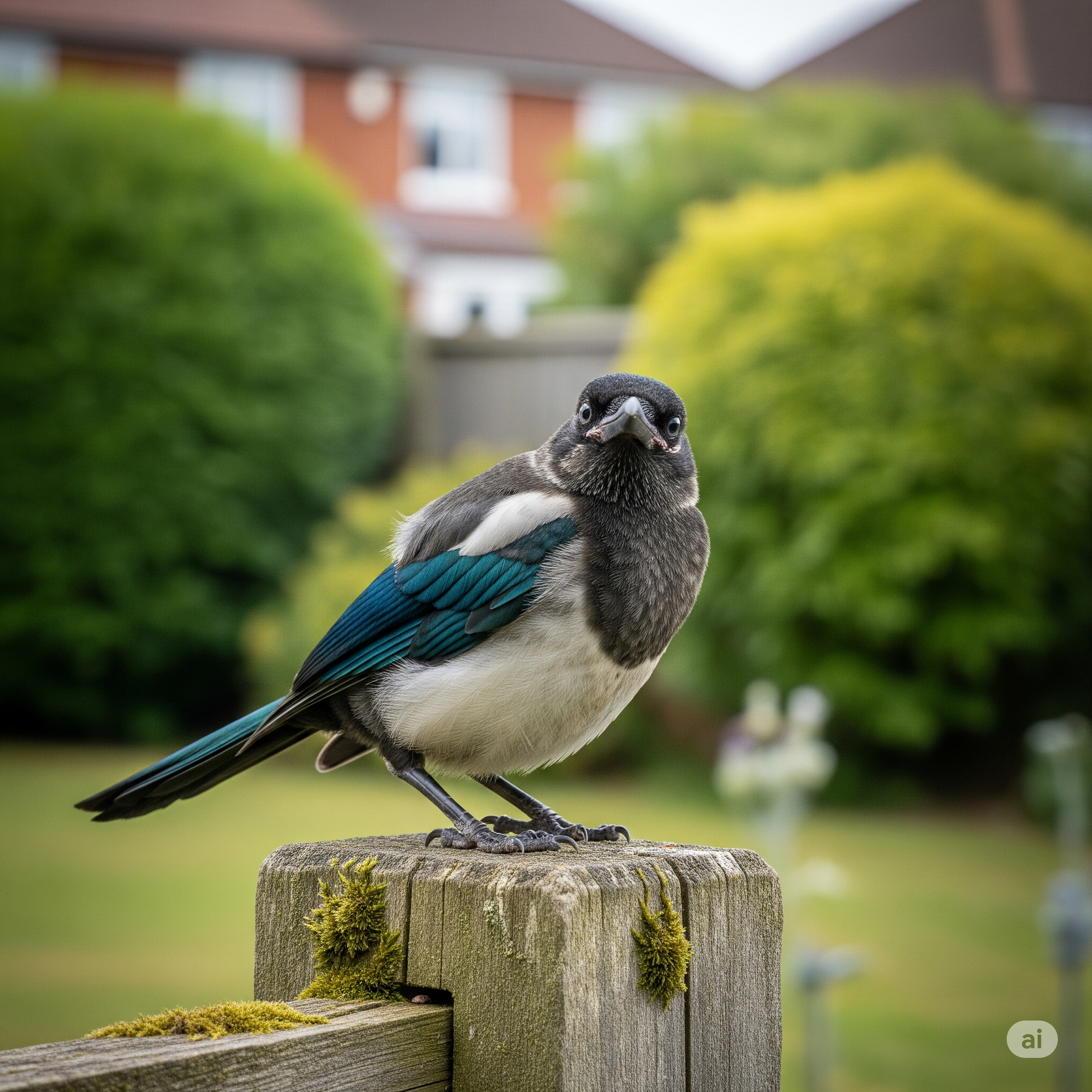
Why do young tits look yellower, and how can you spot a young peregrine?
Join us on August 10th for our guide to identifying the varied and charming juvenile birds of London.
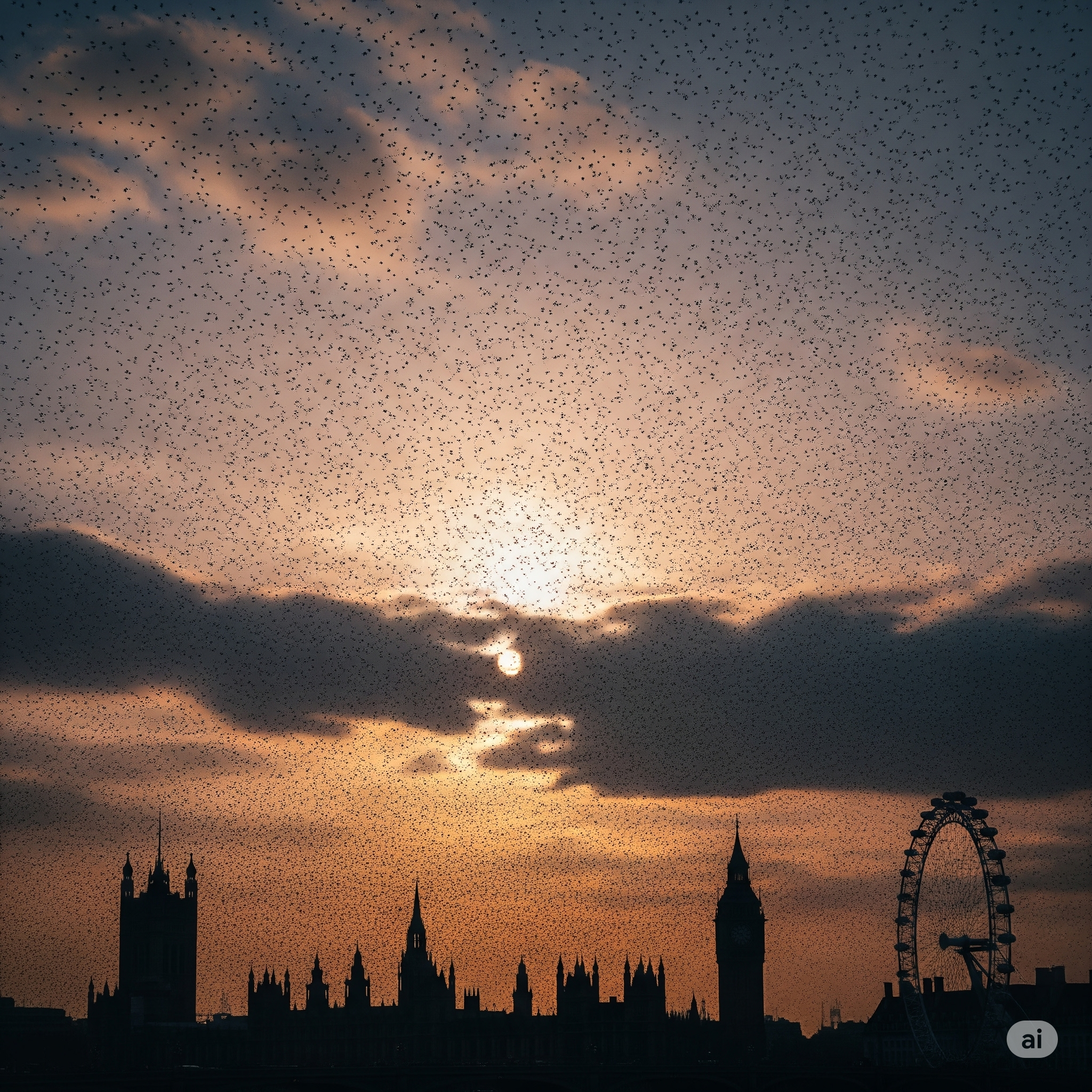
Ever looked out your window in August and seen a crow with missing feathers, or a rather drab-looking mallard? You’re witnessing one of nature's most crucial processes: the annual moult. For some birds, this means becoming flightless and hiding away, creating the illusion that they’ve vanished. At the same time, the skies and fields are coming alive with activity. From murders of crows in London parks to vast flocks of waders along the Thames, birds are gathering in impressive numbers for migration, safety, and to teach their young.
Return on August 11th to uncover the secrets of the moult and witness the spectacle of flocking.
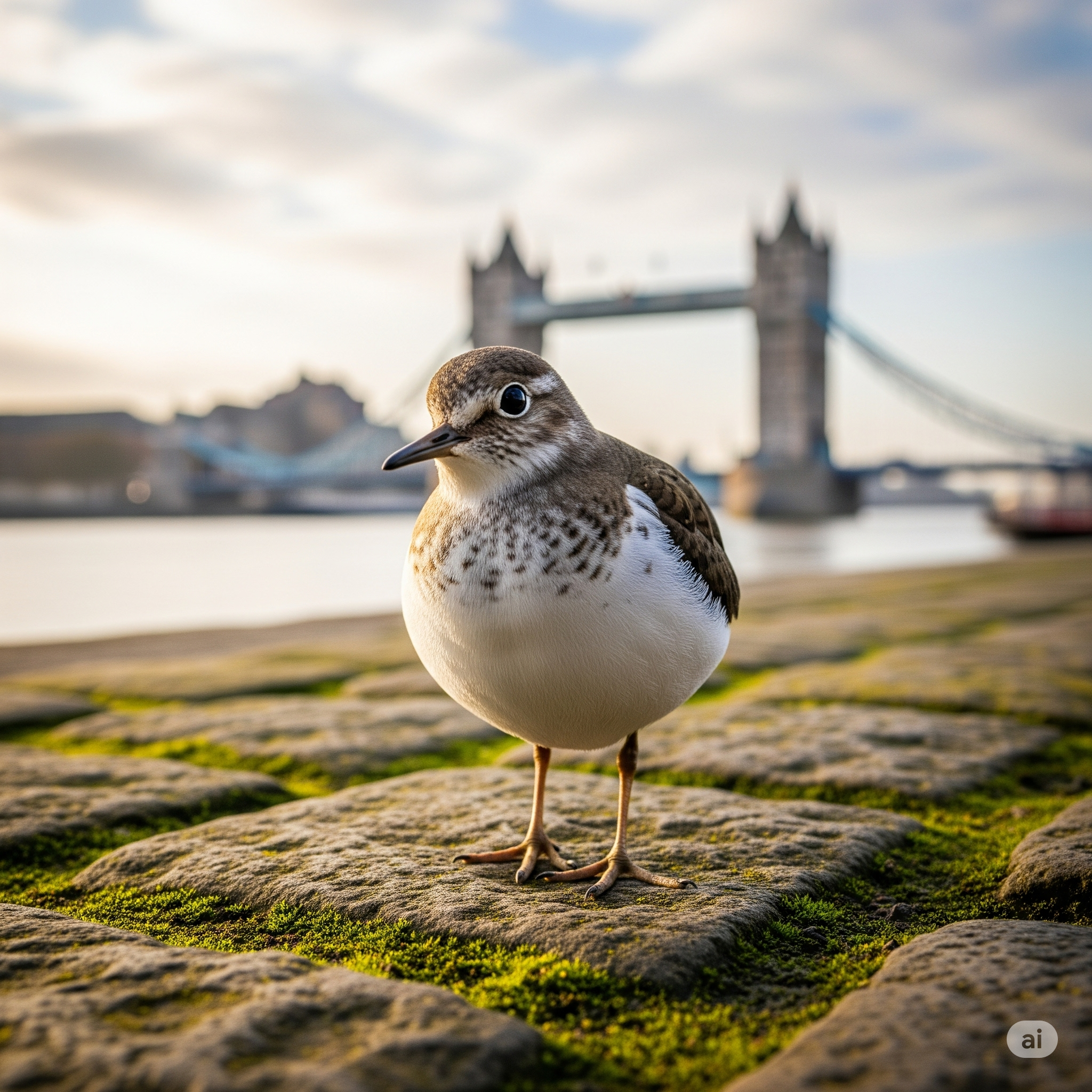
While the summer feels far from over, a secret, silent journey is already underway. August marks the start of the great autumn migration, a more leisurely but no less epic spectacle than the frantic rush of spring. Look closely in London’s parks and hedgerows, and you might see warblers fattening up on berries for their long flight ahead. Along the Thames and at our reservoirs, fascinating long-distance travellers like the graceful sandpiper make a temporary home. From the Arctic Circle to our city's shores, a diverse parade of birds is passing through.
Return on August 12th to discover who these amazing migrants are and where you can spot them.
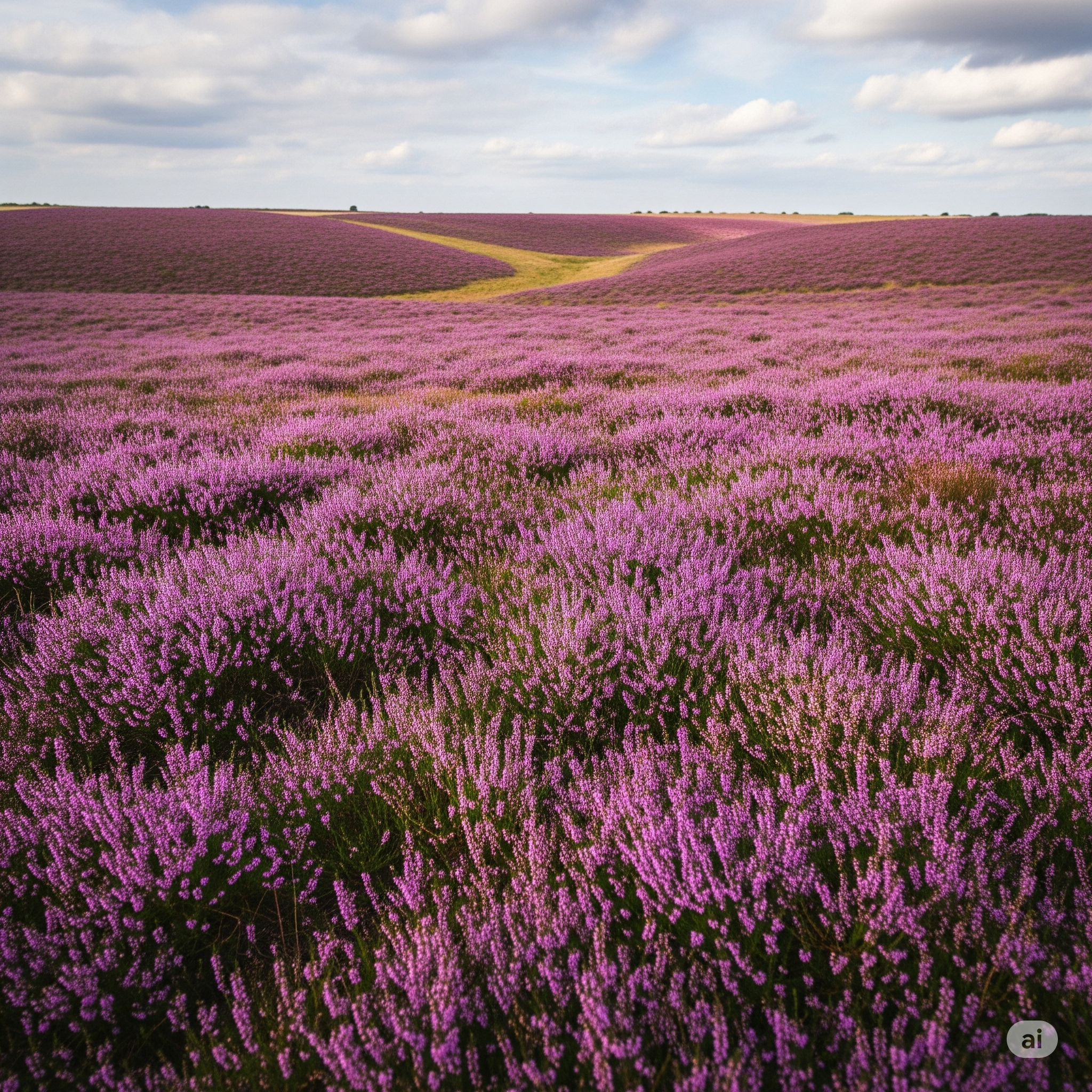
While the hot colours of summer gardens are still in their prime, a subtle but profound change is beginning across the London landscape. This is the month when the first whispers of autumn can be heard. Look closely and you will see the horse chestnuts begin to brown, the first flecks of gold dapple the birches, and a blush of red touch the maples. This quiet transformation, driven by the fading of summer's deep green chlorophyll, reveals the spectacular colours lying in wait beneath. It’s a slow, beautiful farewell to the peak of summer and a glimpse of the spectacle to come.
Return on August 13th to discover the first signs of autumn colour.
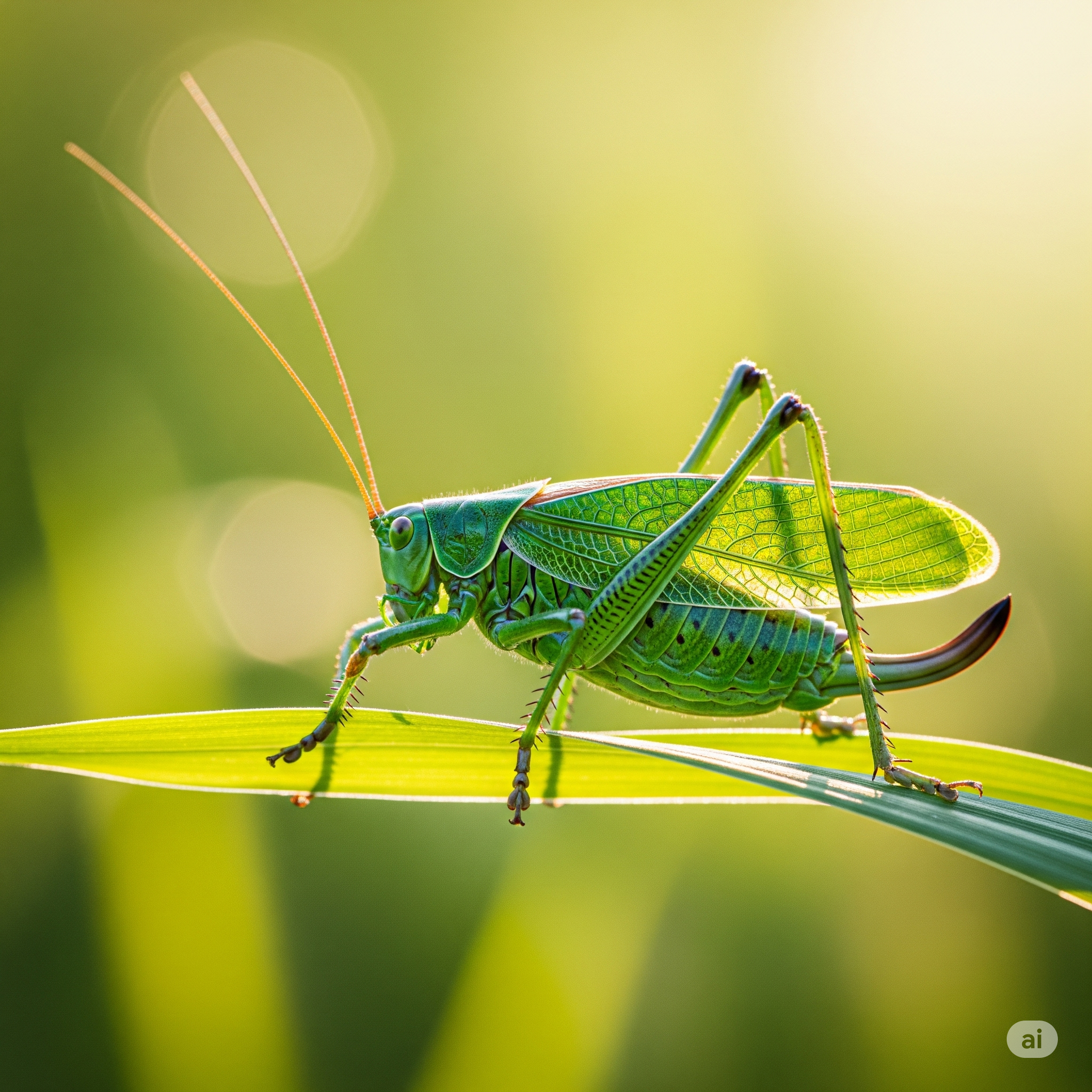
They call August the ‘silent month’, but if you listen closely, you’ll find it’s anything but. While the dawn chorus has faded, a new and subtle soundscape takes its place. In our gardens, hear the sharp ‘tic-tac’ of a robin and the gentle cooing of collared doves. Listen for the convivial twittering of swallows as they gather on wires, preparing for their long journey south. As bird song wanes, the chorus of insects rises, with grasshoppers and crickets providing the soundtrack to late summer evenings. Even plants join in, with the gentle crackle of gorse pods on a hot day.
Return on August 14th to tune your ears to the hidden chorus of August.

As the sweet scents of early summer fade, August offers a new, richer perfume. It's a month of musk, hay, and the ripening aroma of hops hanging in pub doorways. Lean closer in a herb garden and you’ll find the air is thick with the pungent scent of lavender and a dazzling variety of mints, from peppermint to apple and even eau-de-cologne. Discover the history of clove-scented carnations once used to flavour wine and the strange, powerful allure of musk-scented flowers. It's a complex bouquet, a final, fragrant gift before the autumn.
Return on August 15th to breathe in the heady scents of a London August.
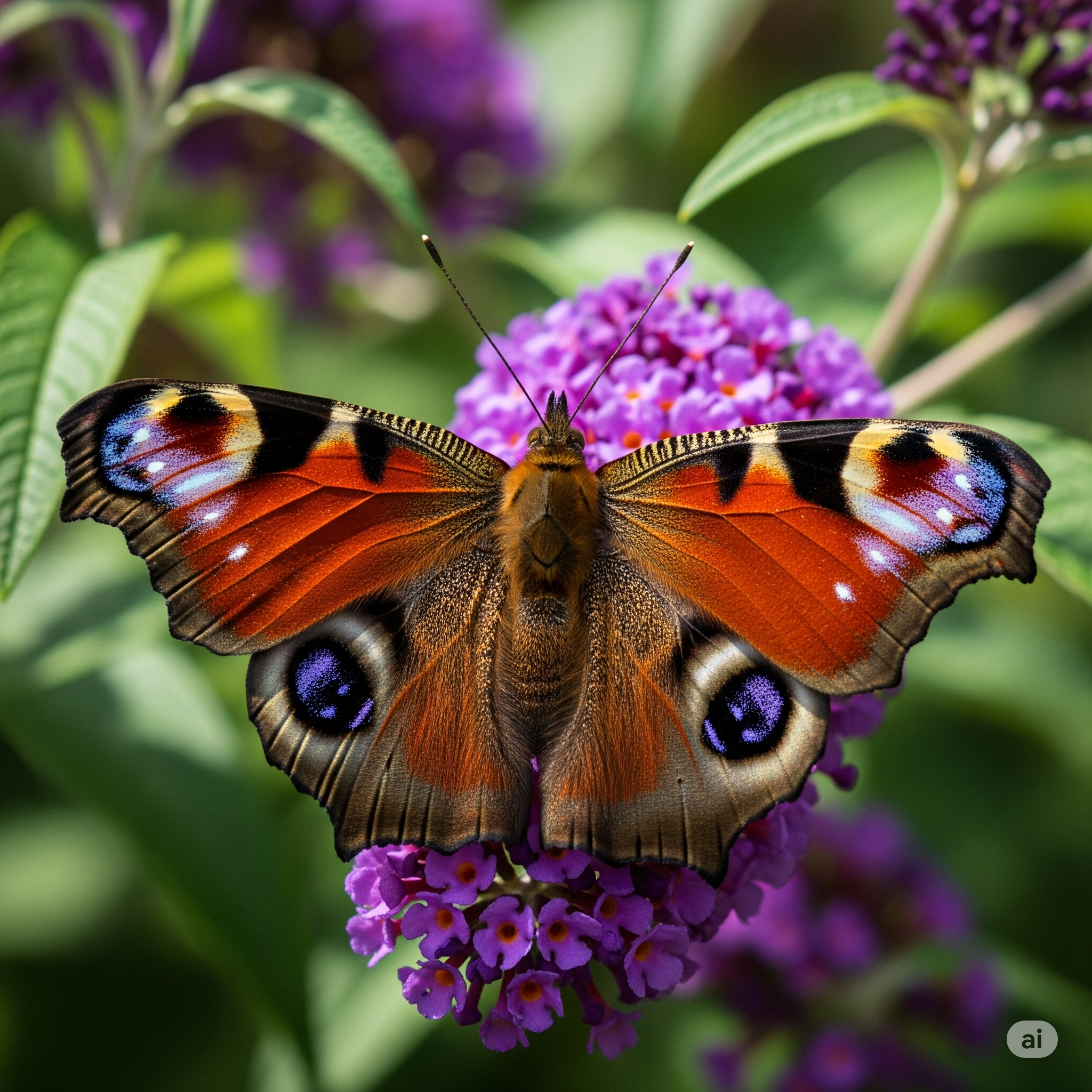
August is the peak of butterfly season, a time when London’s parks, commons, and gardens come alive with a kaleidoscope of colour. From the familiar flutter of whites and blues in our back gardens to the larger, more dramatic commas and red admirals feasting on buddleia, nearly half of all British butterfly species can be spotted in and around the capital this month. It’s the perfect time to go searching for these winged wonders, including the freshly emerged second broods, looking their absolute best. But there are also rarities and fascinating variations to discover...
Return on August 16th for a guide to finding and identifying the beautiful butterflies of London.
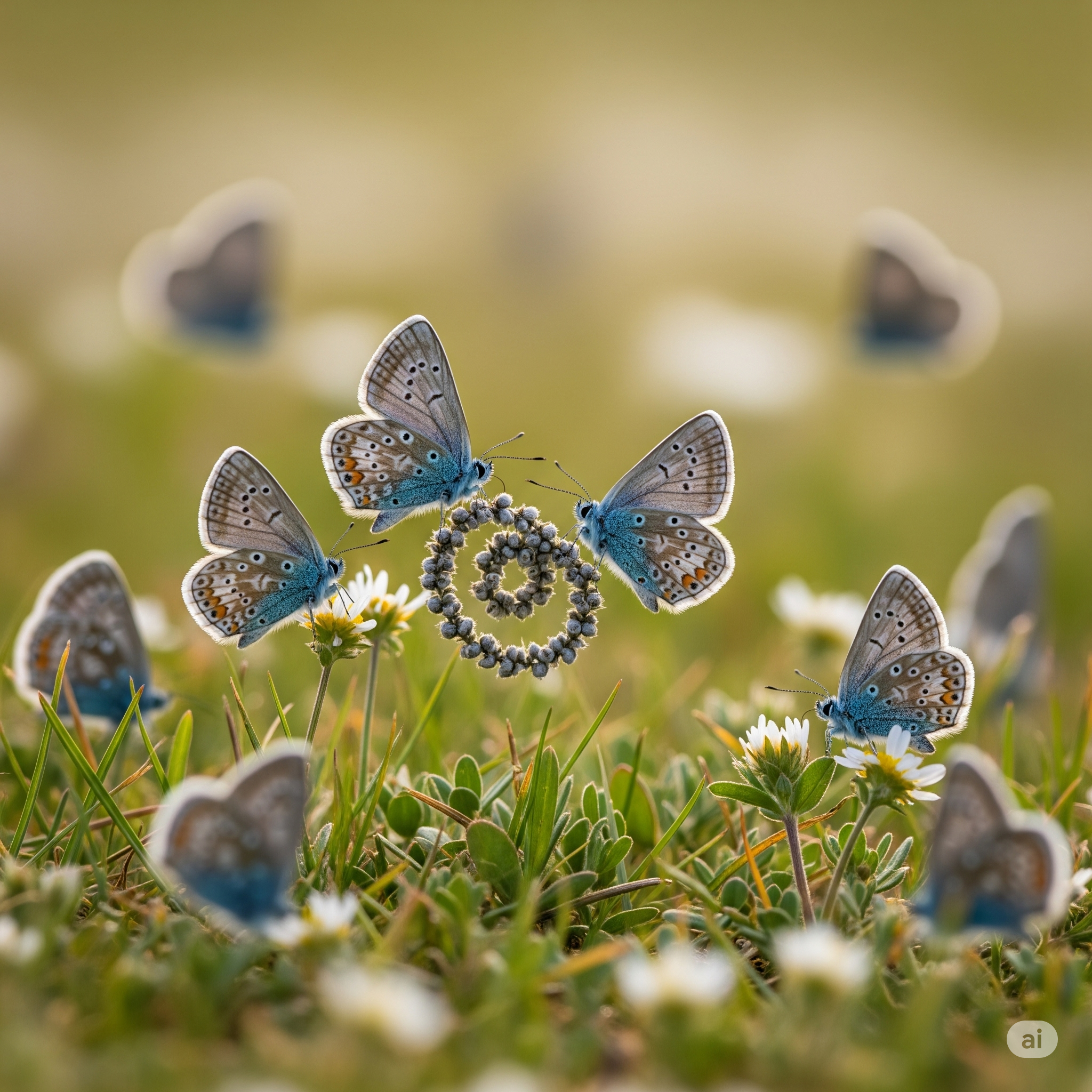
August days, particularly those heavy with the threat of thunder, are alive with the secret dramas of the butterfly world. This is the time for courtship, a spectacle of spiralling dances, daring chases, and enchanting rituals. Watch as male butterflies stake out their territory on sun-drenched paths, see them shower potential mates with scented ‘love dust’, and discover the surprisingly complex and beautiful displays they perform. From the high-flying antics of blues to the intimate and elaborate courtship of the Grayling, it's a fascinating look into their brief, but dramatic, adult lives.
Return on August 17th to uncover the captivating courtship rituals of London's butterflies.
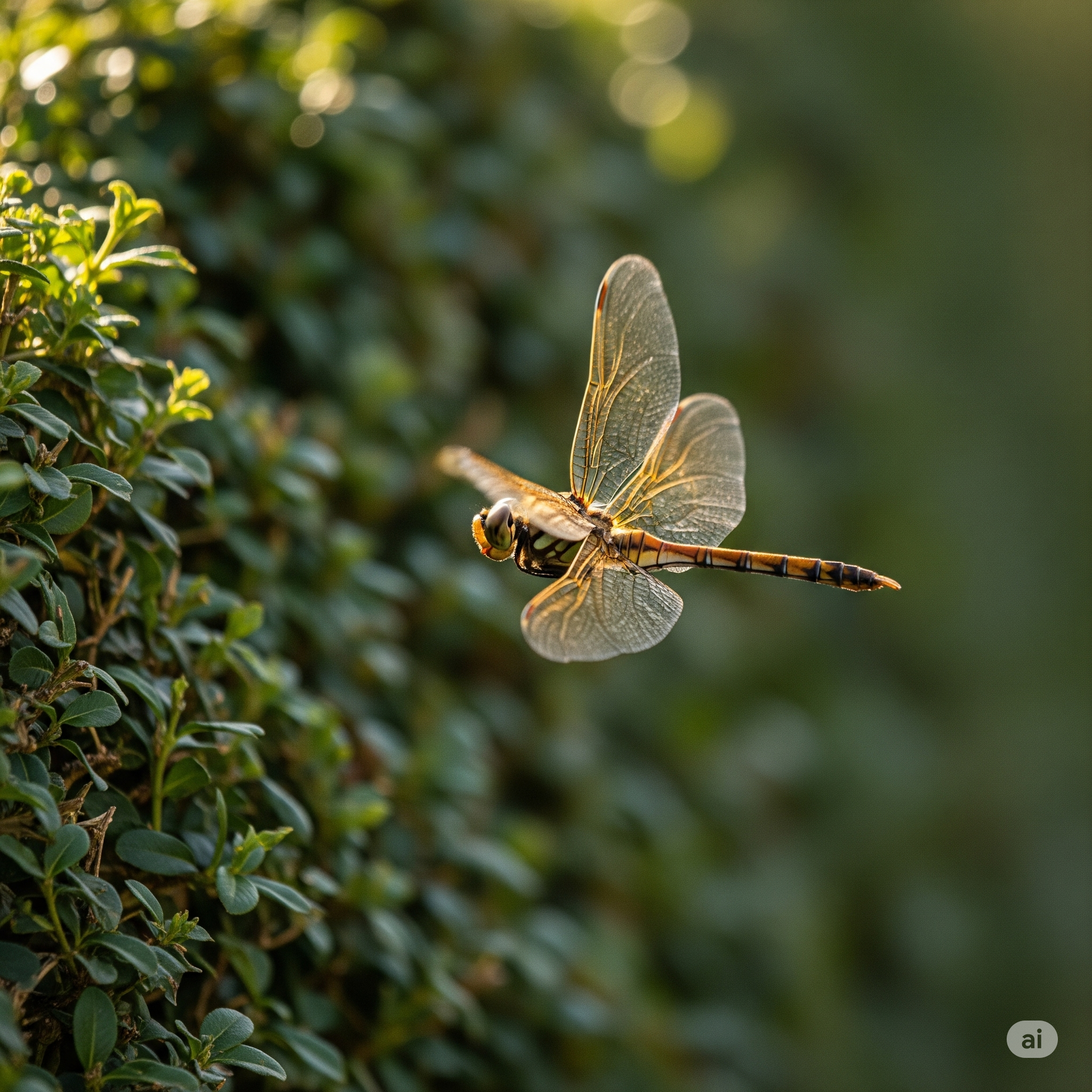
As summer begins its slow fade, August offers one last chance to witness the dazzling aerial displays of dragonflies. The air above London’s ponds, marshes, and heathlands is still alive with the powerful flight of hawkers and the swift manoeuvres of darters. Watch for pairs flying in tandem over the water, a mesmerising dance as the female lays her eggs. From the common darter in a garden pond to the mighty southern hawker patrolling a woodland ride, this is the final, spectacular chapter of their season.
Return on August 18th to find out where to see these magnificent winged predators before they disappear.

As the sun sets on a warm August day, a different kind of winged wonder takes to the sky. On still, moonlit nights, London's gardens and wilder edges come alive with moths. While many are masters of camouflage in shades of grey and brown, some are true showstoppers. This is the month to look for the Large Yellow Underwing, and if you're lucky, you might just spot the spectacular Red Underwing, a collector's dream with its crimson hindwings that flash from beneath a cryptically patterned exterior.
Return on August 19th to discover the secret world of moths and the intricate beauties that fly by night.
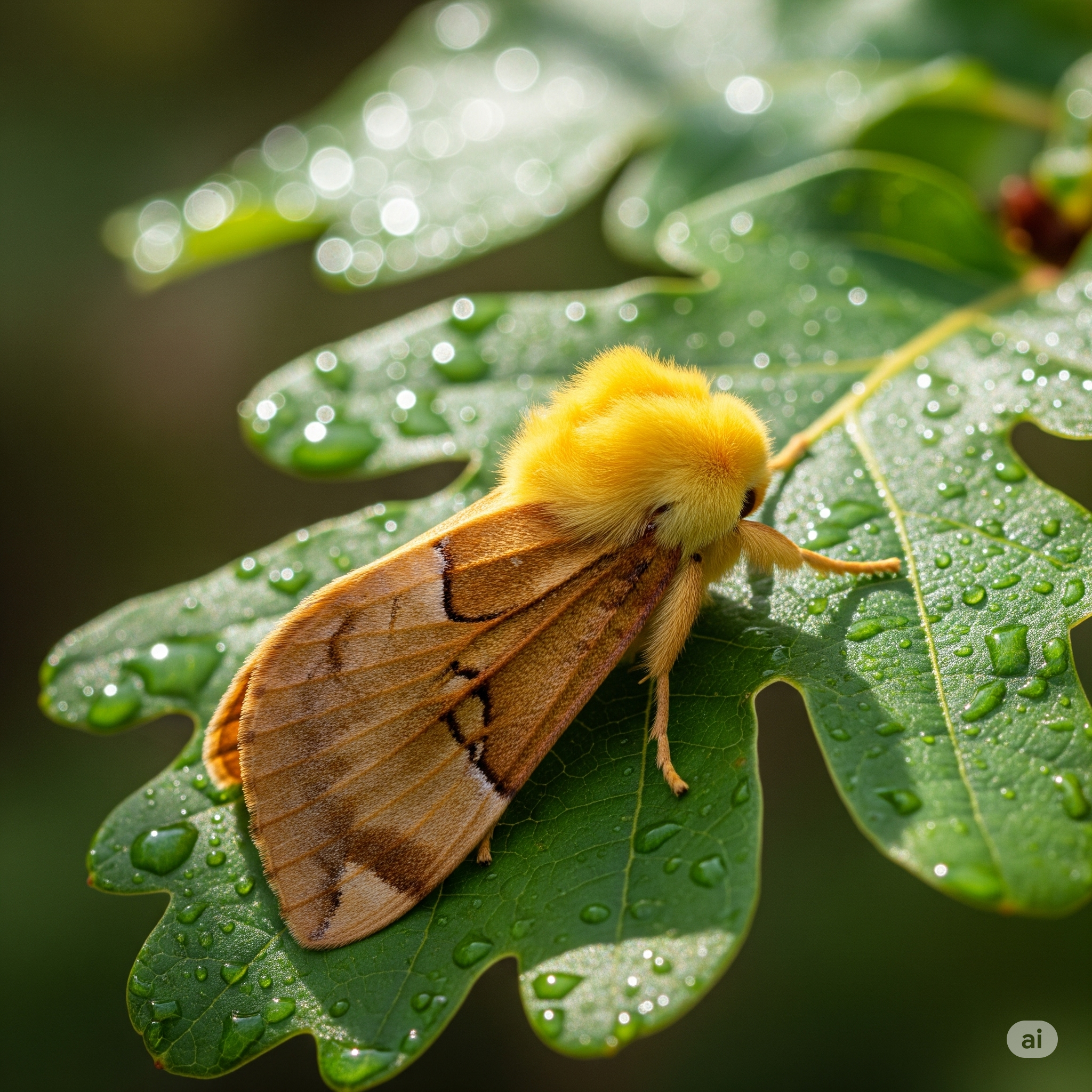
Beyond the garden light, London's wilder habitats are teeming with a new cast of moths this August. The wastelands and marshes along the Thames host species like the straw-coloured wainscots, perfectly adapted to a life among the reeds. In woodlands, a different group emerges: the thorns, masters of disguise who rest like shrivelled leaves, revealing rich colours only upon closer inspection. From the striking Canary-shouldered Thorn to the cleverly camouflaged Chinese Character moth, there is a hidden world of intricate beauty waiting to be discovered.
Return on August 20th to explore the diverse moths of London's marshes, woodlands, and wastelands.
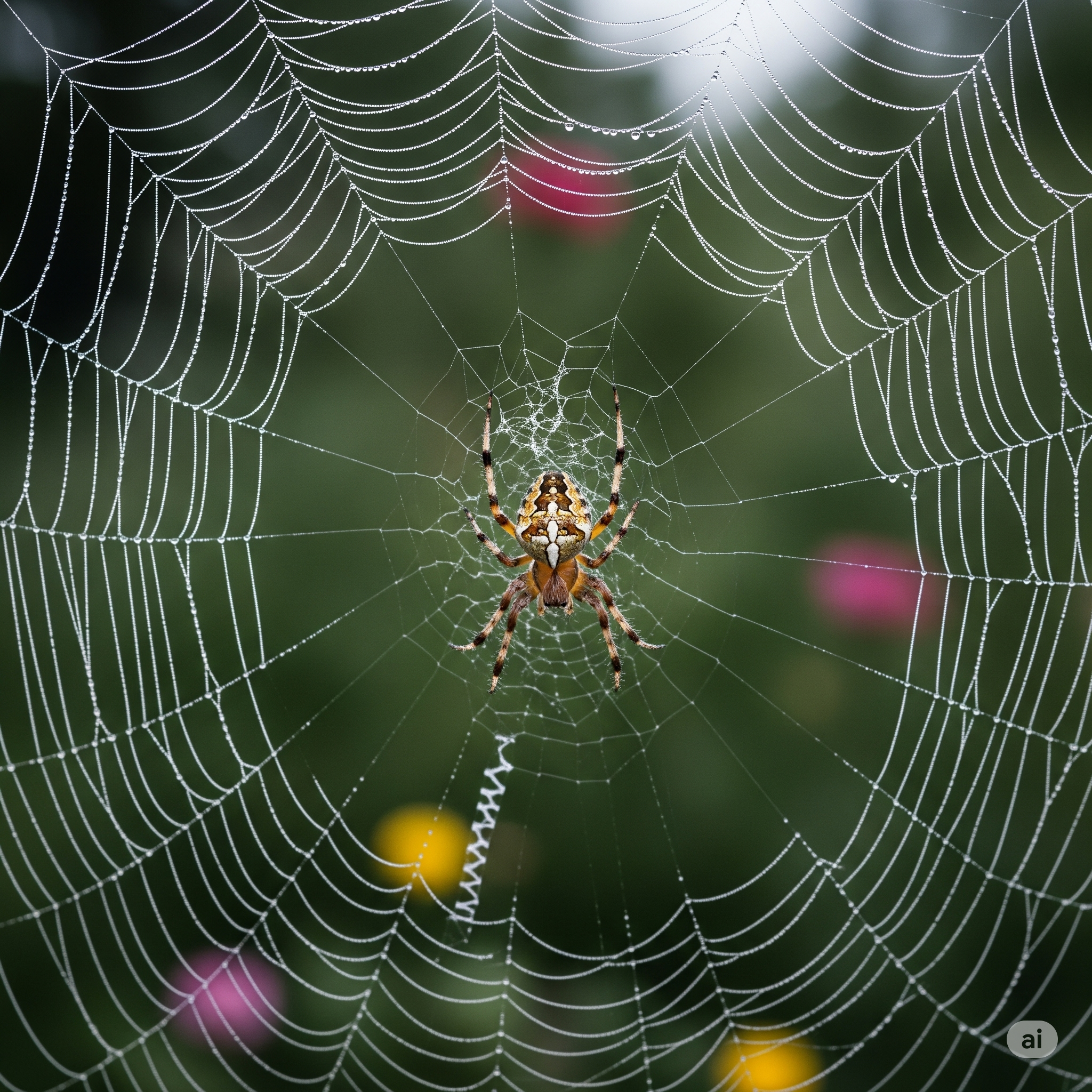
Have you ever stopped to witness one of nature's most impressive spectacles? In gardens across London, the intricate, geometric webs of the garden spider appear as if from nowhere, often spun fresh each day. These marvels of engineering, created by touch alone, have inspired everyone from kings to naturalists. But the garden spider is just one of many master weavers. This month, a diverse family of orb-weavers, from the large and colourful to the small and metallic, are at their busiest. How do they build these perfect orbs, and what secrets do their different designs reveal?
Return on August 21st to enter the fascinating world of London’s orb web spiders.
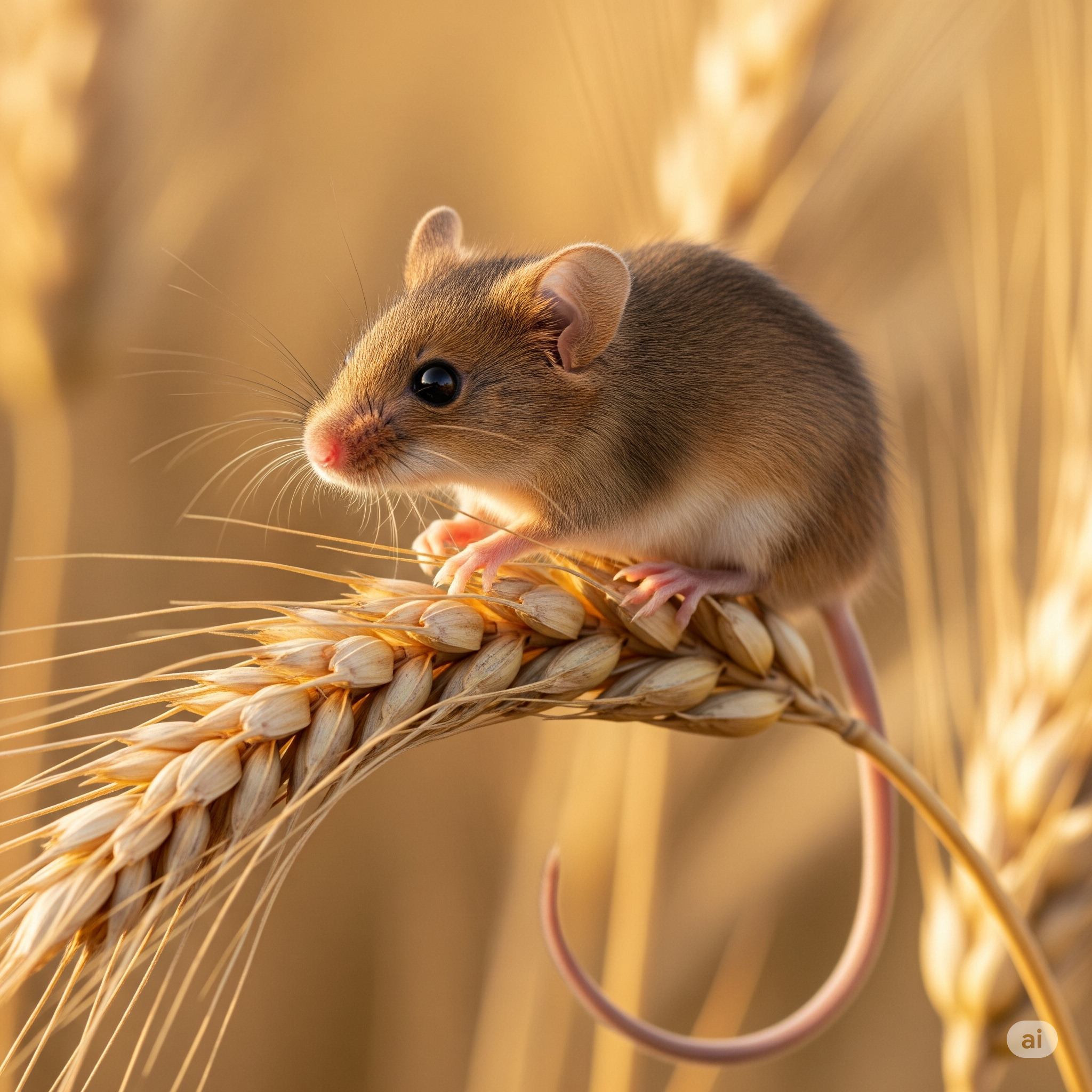

Return on August 23rd to learn more!
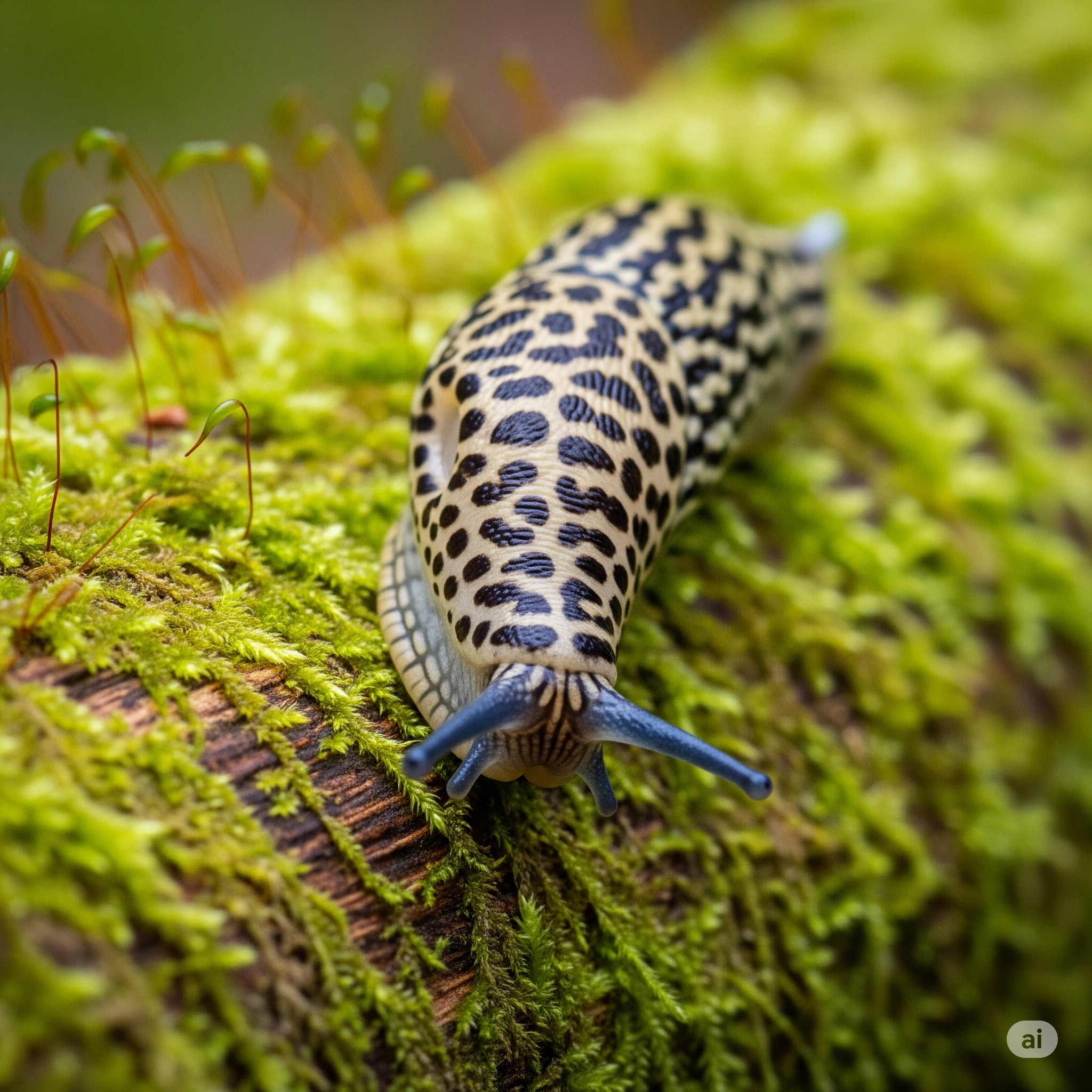
Return on August 24th for the full article!
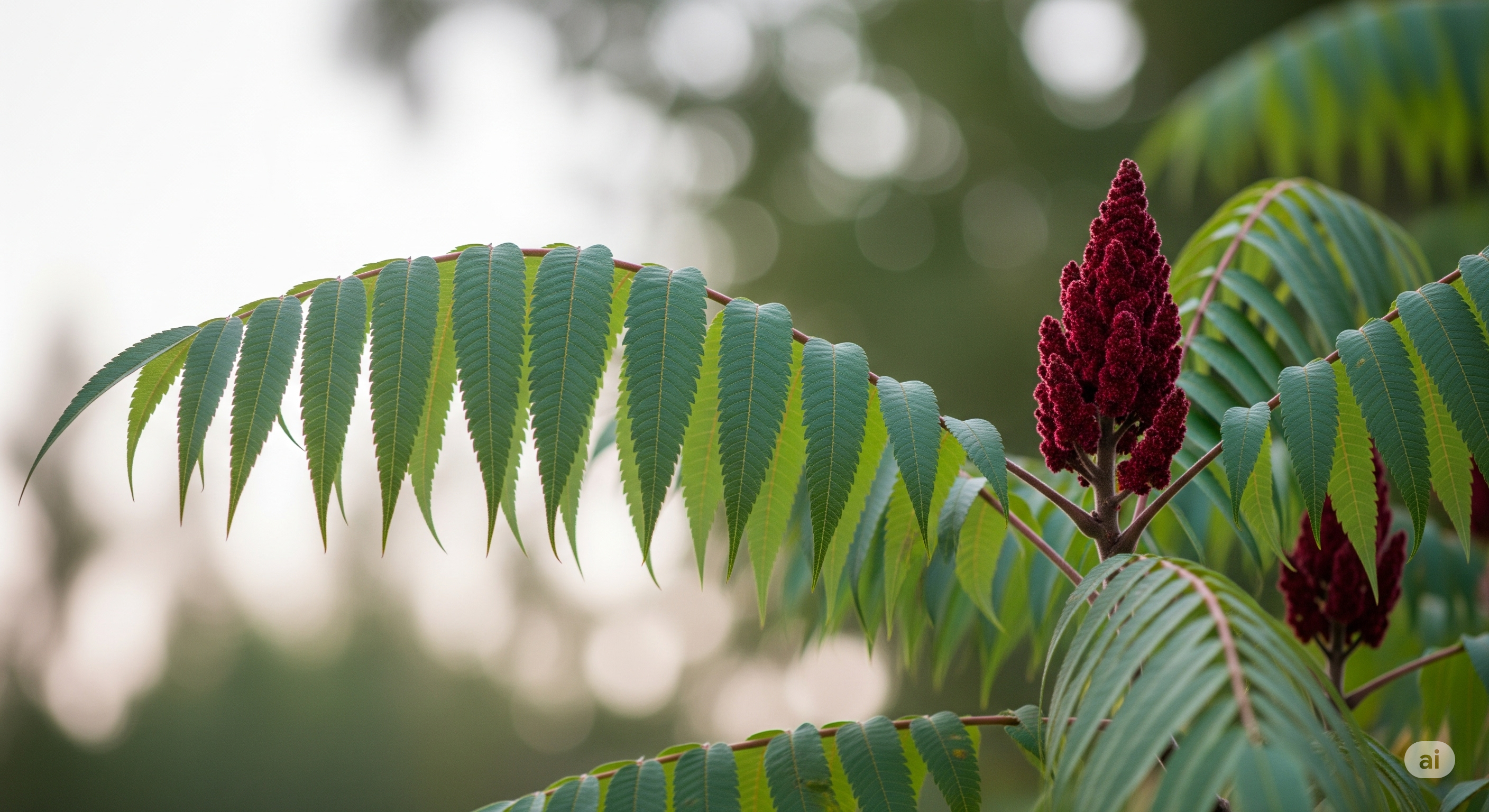
Return on August 25th for the full article!
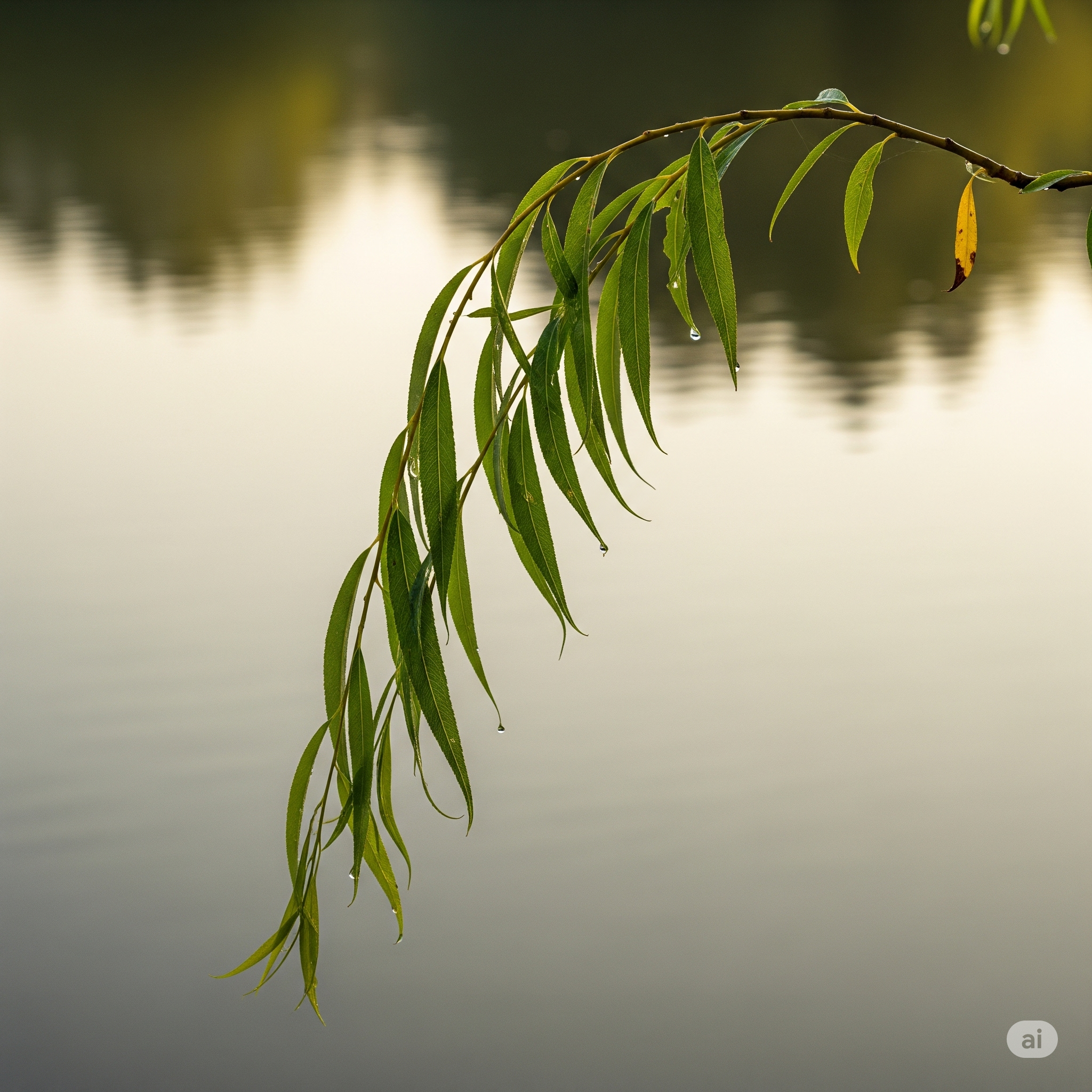
Return on August 26th for the full article!
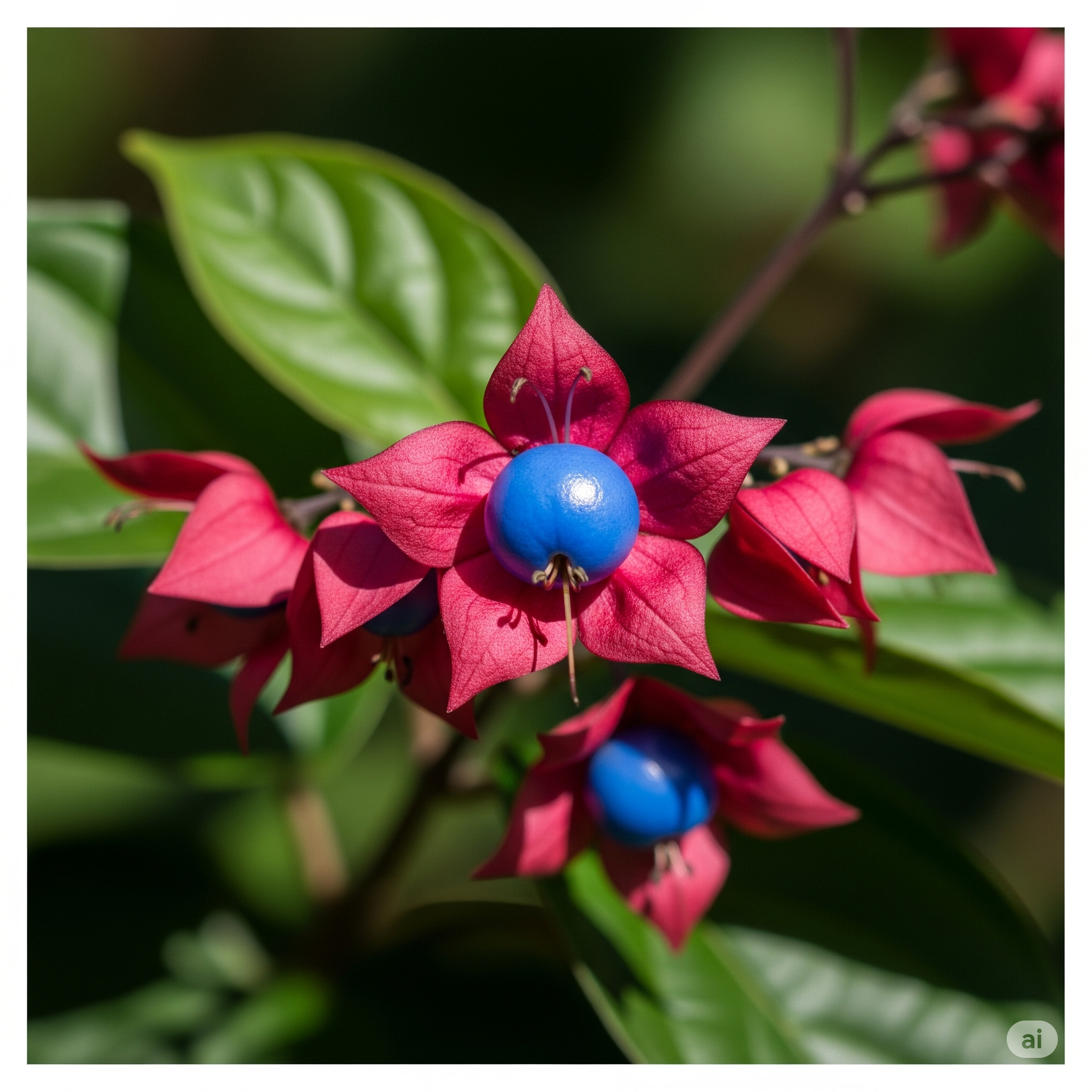
Return on August 27th for the full article!
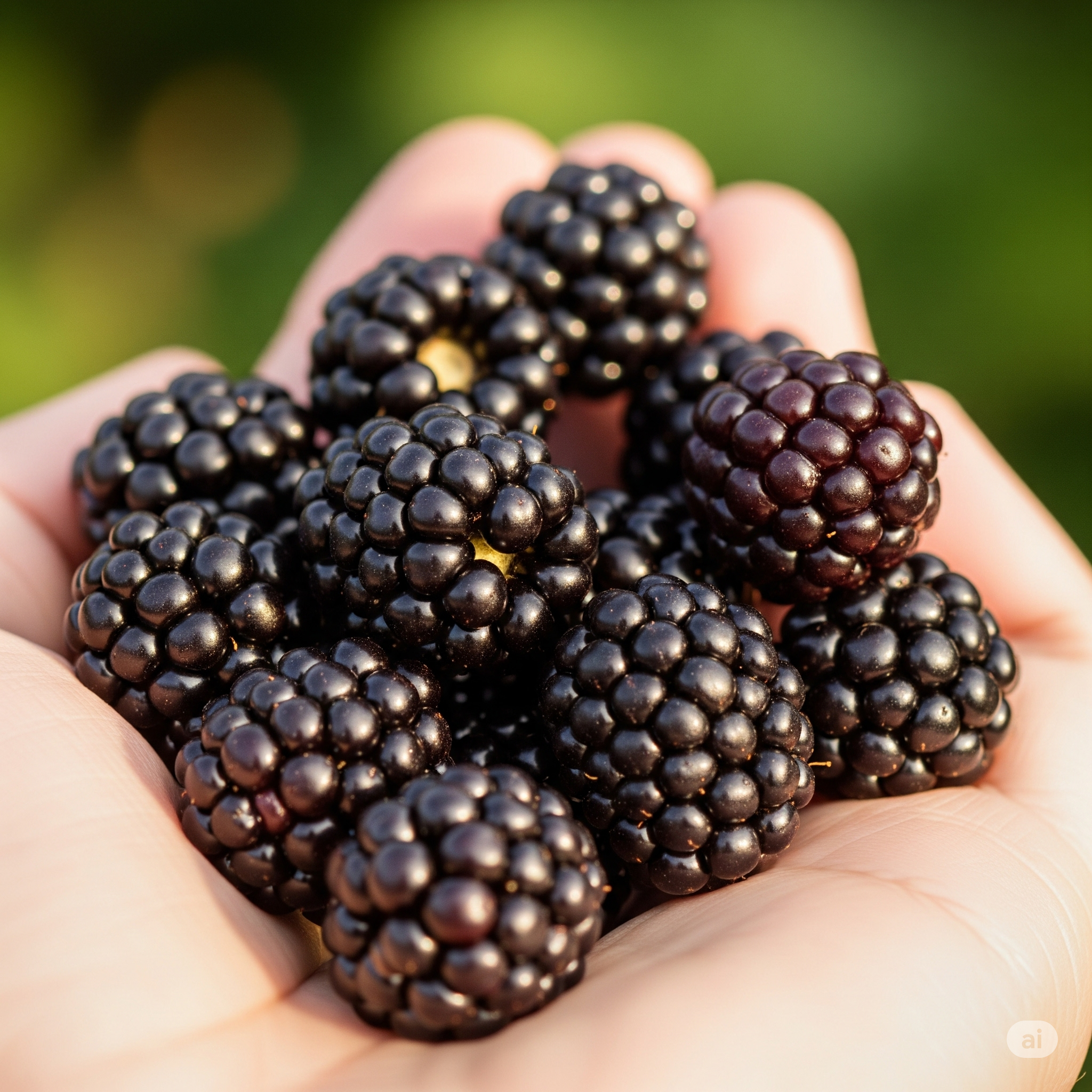
Return on August 28th for the full article!
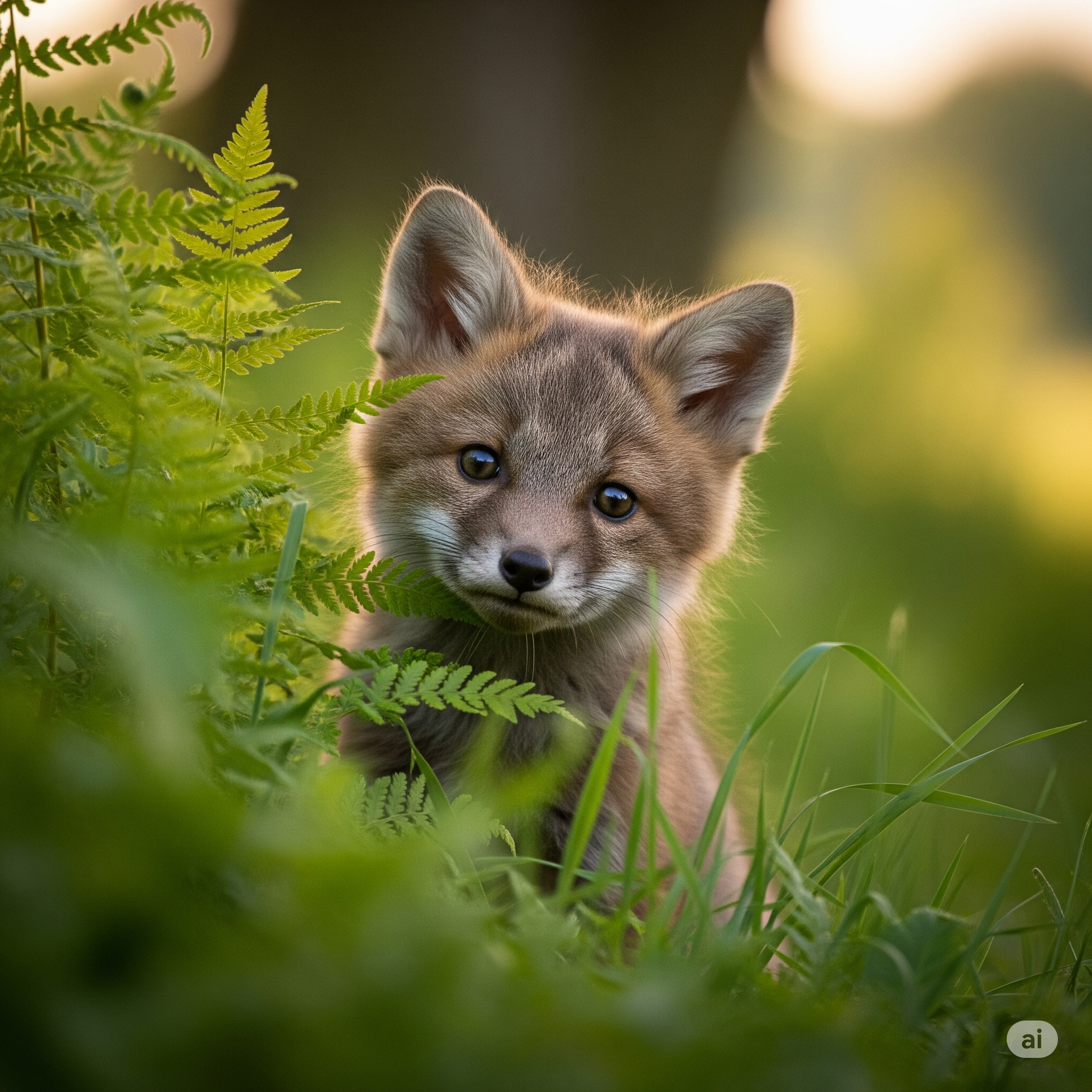
Return on August 29th for the full article!
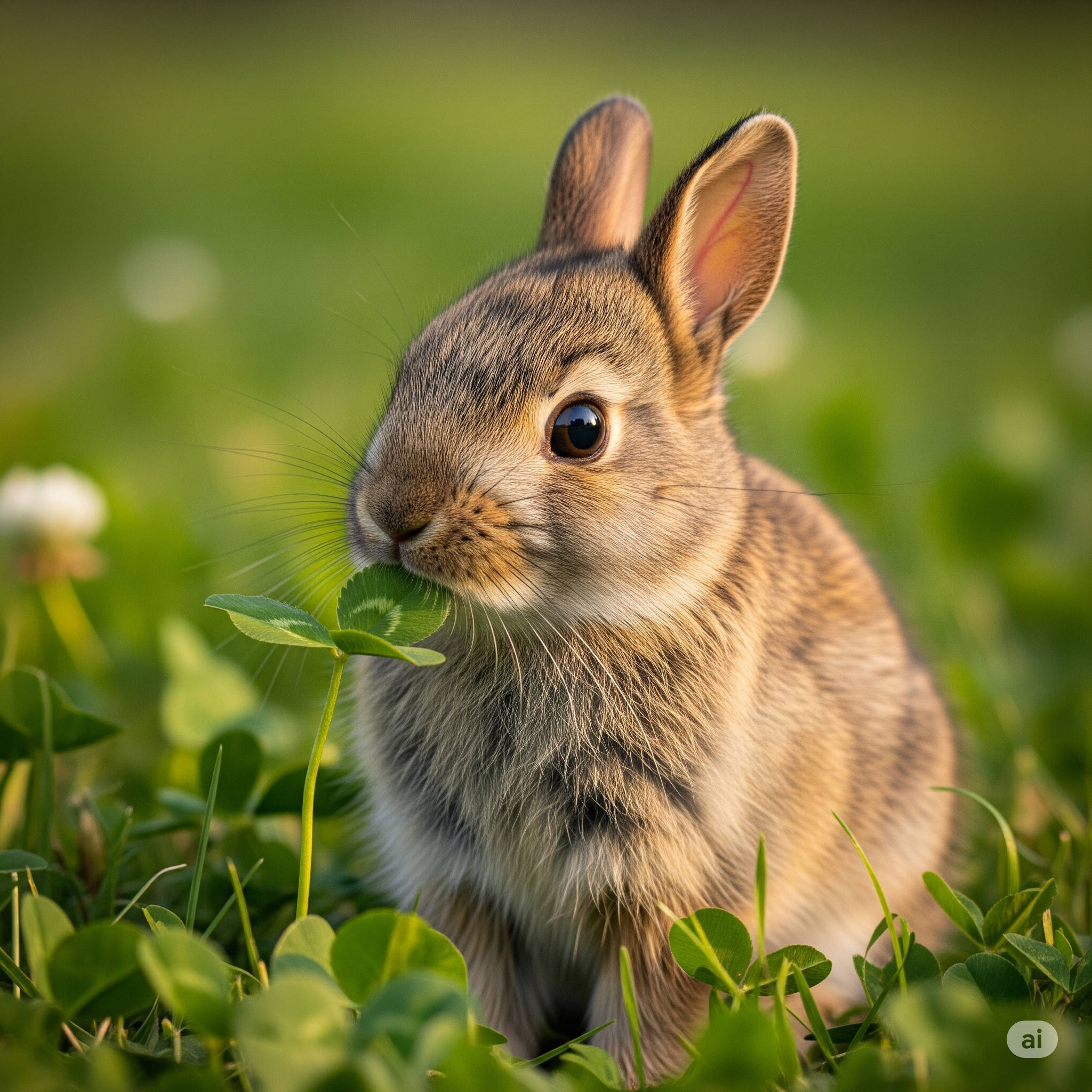
Return on August 30th for the full article!
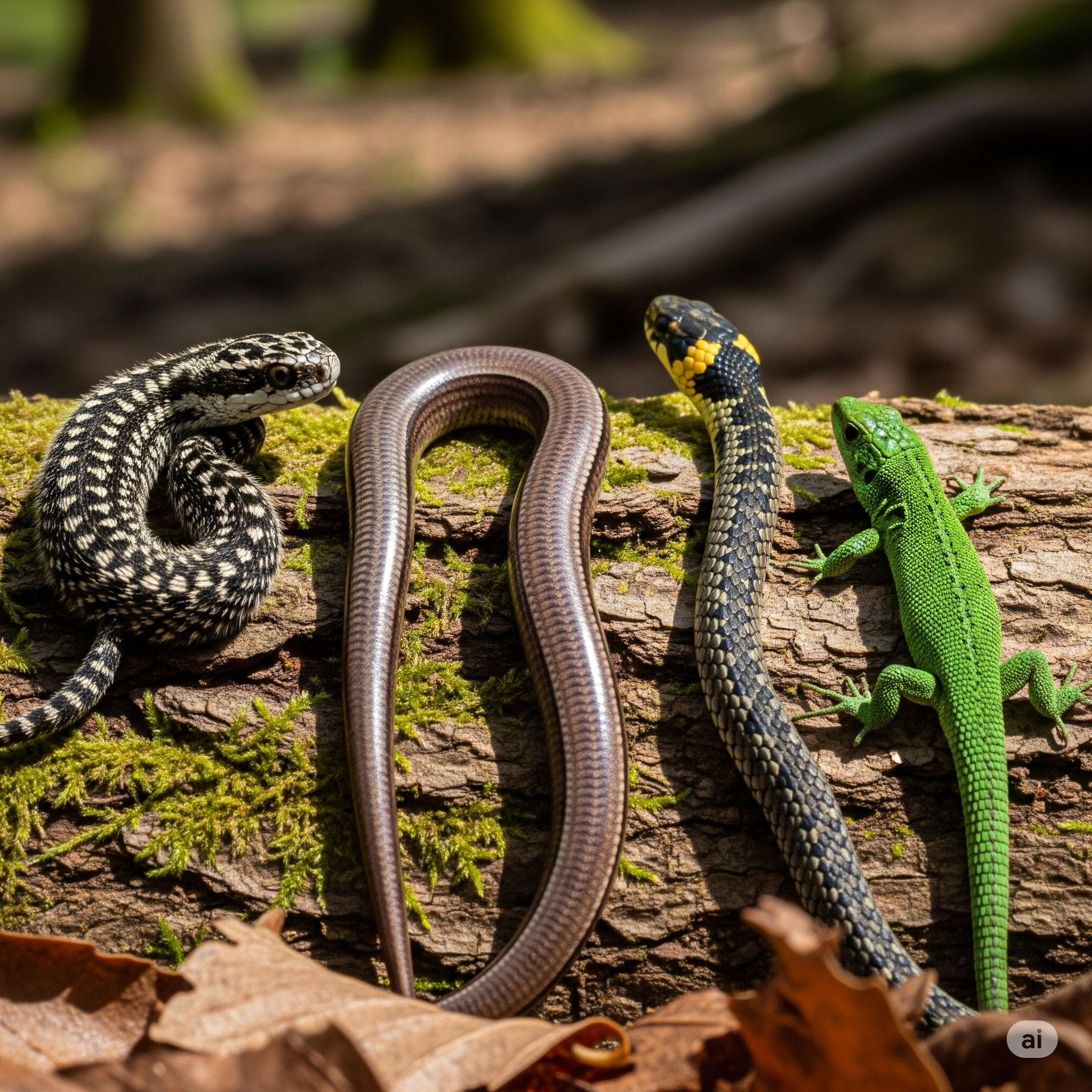
Return on August 31st to read the full article!